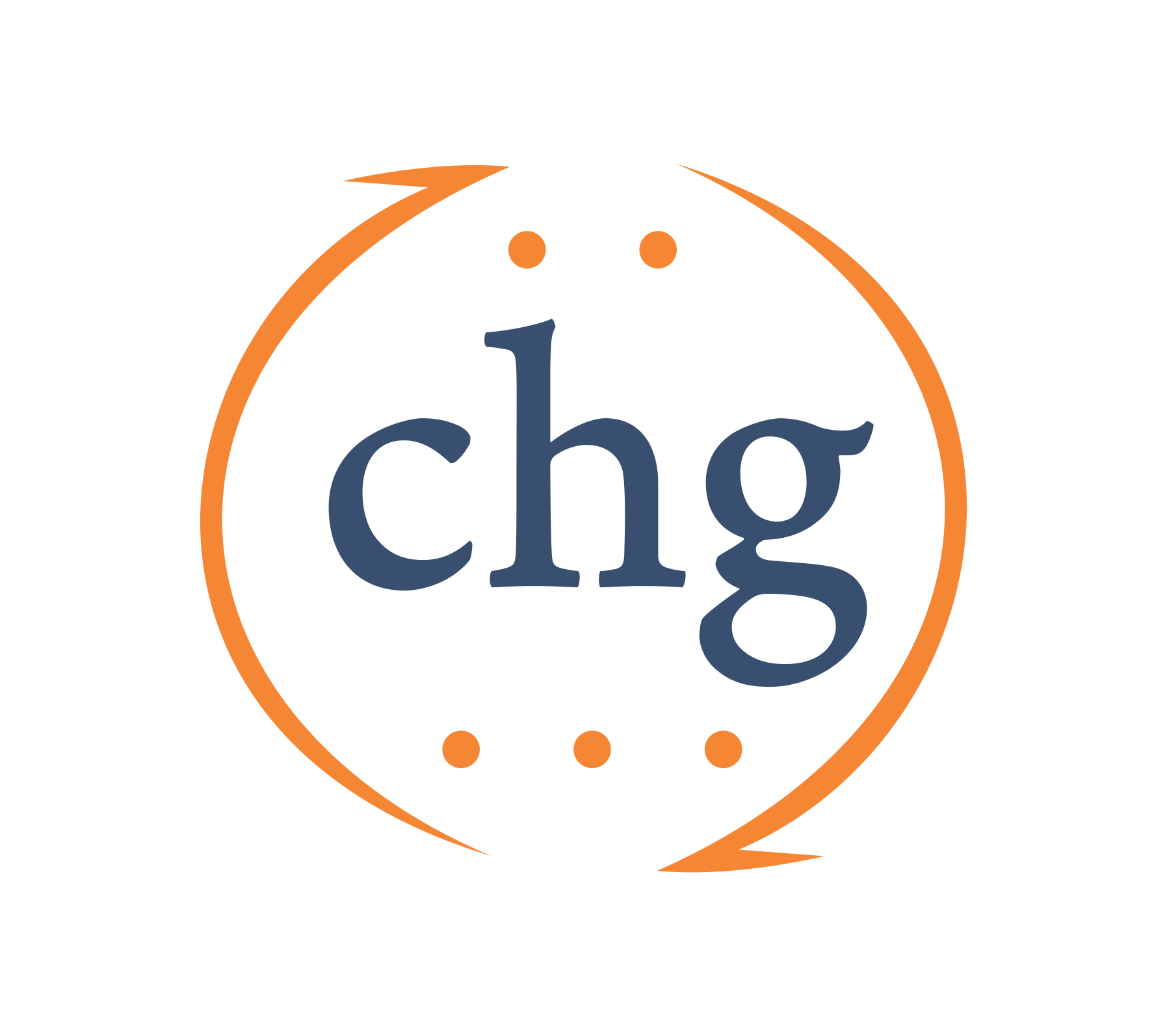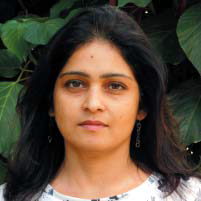
Centre for Human Genetics
Bangalore.

Bangalore.

Swathi Shetty
PhD,La Trobe University, Australia
Rasopathies are a well-documented group of autosomal dominant disorders that result from mutations in genes in the RAS/MAPK pathway. Twenty-one genes have been thus far implicated in six different syndromes that are grouped together as rasopathies. These syndromes are clinically heterogeneous, with overlapping characters that complicate diagnosis without genetic testing. Noonan syndrome (NS) is one of the most common rasopathies, with a prevalence range of 1 in 1000 to 1 in 2500 live births.There is vast variability in the phenotype of NS, which has led to studies trying to delineate genotype-phenotype correlations, with some features like pulmonary stenosis, short stature and thorax deformities being consistently associated with NS and with a higher frequency than other characters. We have collected a large cohort of 370 patients and tested them for mutations in PTPN11 (the most frequently mutated gene in NS), and found mutations in 107 patients. We now use a targeted next-generation sequencing (NGS) panel,which includes all the 21 genes implicated in rasopathies, to test the PTPN11-negative and any other patients with new mutations.We hope to functionally delineate some of the genes associated more recently with rasopathies and also to look for other genes not yet shown to be associated with this group of disorders but aetiologically responsible for them. This study also provides a basis for future studies to determine different molecular targets for development of potential therapeutic agents. As nearly 10-20% of NS and other rasopathies are inherited, determination of the underlying genetic defects also provides an opportunity to offer prenatal diagnosis in future pregnancies in families with such cases.Another disorder of interest is Gaucher disease (GD), a glycolipid storage disorder characterised by deficient function of the catabolic enzyme betaglucocerebrosidase (GBA). It is inherited in an autosomal recessive manner. Deficiency of GBA leads to progressive accumulation of its substrate glucocerebroside in the lysosomes of macrophages, resulting in hepatosplenomegaly, anaemia, thrombocytopaenia and various skeletal complications. We have sequenced the GBA gene in around 100 clinically diagnosed Gaucher patients and detected mutations in 85% of them. Prenatal testing is offered to the families where applicable. Four novel GBA mutations identified are now being functionally characterised.Glycogen storage disease (GSD) is an autosomalrecessive inborn error of metabolism. Several types of GSD have been identified: GSD type I to GSD type XIII. We focus on GSDIa, GSD Ib and GSD III, which are caused by mutations in G6PC, G6PT and AGL genes respectively. We have screened around 70 patients thus far and have identified 10 novel mutations. We are now functionally characterising these mutations.Coronary artery disease (CAD) has become a leading cause of morbidity and mortality in Indiaand world wide and by 2020 India is set to become the cardiovascular disease capital of the world. The risk of CAD in Indians is three to four times higher than in White Americans, six times higher than in Chinese, and 20 times higher than in Japanese.Indians are prone as a community to CAD at a much younger age.Premature CAD (PCAD) is defined as cardiac events occurring before the age of 55 in men and 65 in women. In its severe form it is defined as CAD occurring below the age of 40 years.We have initiated a study to look at a few important genetic factors implicated in PCAD. One of the chromosome regions most robustly associated with CAD is 9p21, which we now know to harbour the antisense noncoding RNA in the INK4 locus (ANRIL) which encodes an lncRNA with no identified open reading frame. The expression of ANRIL variants has been shown to be different between patients affected by atherosclerosis and healthy individuals. We are genotyping as well as looking at expression of this locus in our set of PCAD patients. We are also studying factors involved in hypercoagulability and systemic inflammation in individuals with severe PCAD and without comorbidities.
Selected publications:
1.Missense and deletion mutations in GJA1 causing oculodentodigital dysplasia in two Indian families.Clin Dysmorphol. ;24(4):159-62 (2015). Dwarakanathan A, Bhat M, Sanjeeva GN, Shetty S.
2. Localization of the SRY Gene on Chromosome 3 in a Patient with Azoospermia and a Complex Karyotype 45,X/46,X,i(Y)(q10)/46,XX/ 47,XX,i(Y)(q10).Cytogenet Genome Res. 156(3):134-139 (2018). Barnabas LC, Sumathy A, Indumathi MA, Varma TR, Shetty S, Kadandale JS, Kar B.
3.Retinoblastoma and its Prenatal Screening.Fetal & Neonatal Hematology, Oncology and Immunology. Jaypee Brothers (2017). Mallipatna A, Shetty S, Radhakrishnan P.
Copyright © 2011 - All Rights Reserved - Taurus Hard Soft Solutions Pvt. Ltd
Stay Up to Date With Whats Happening